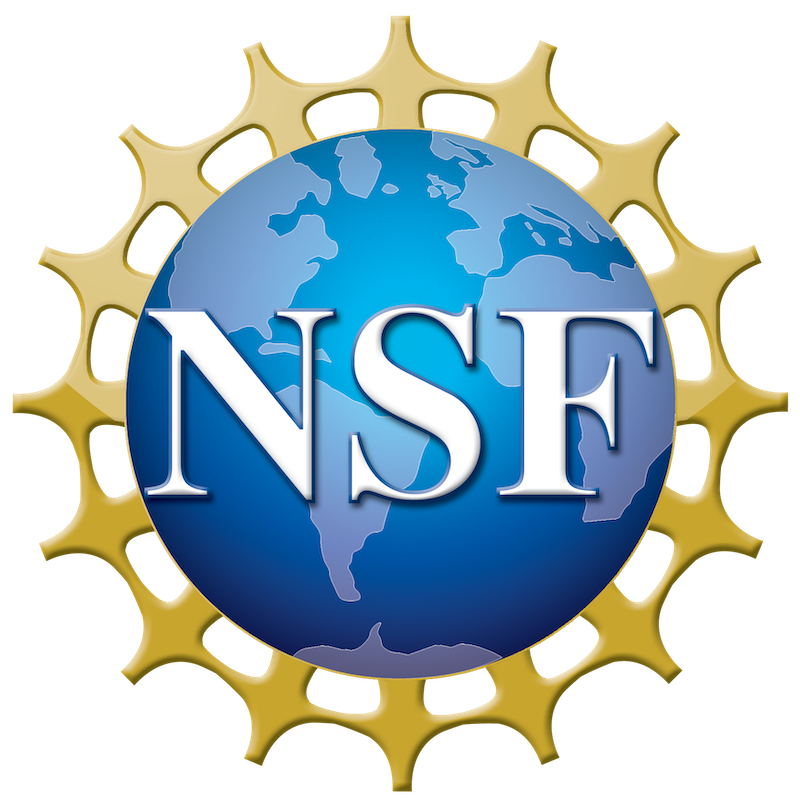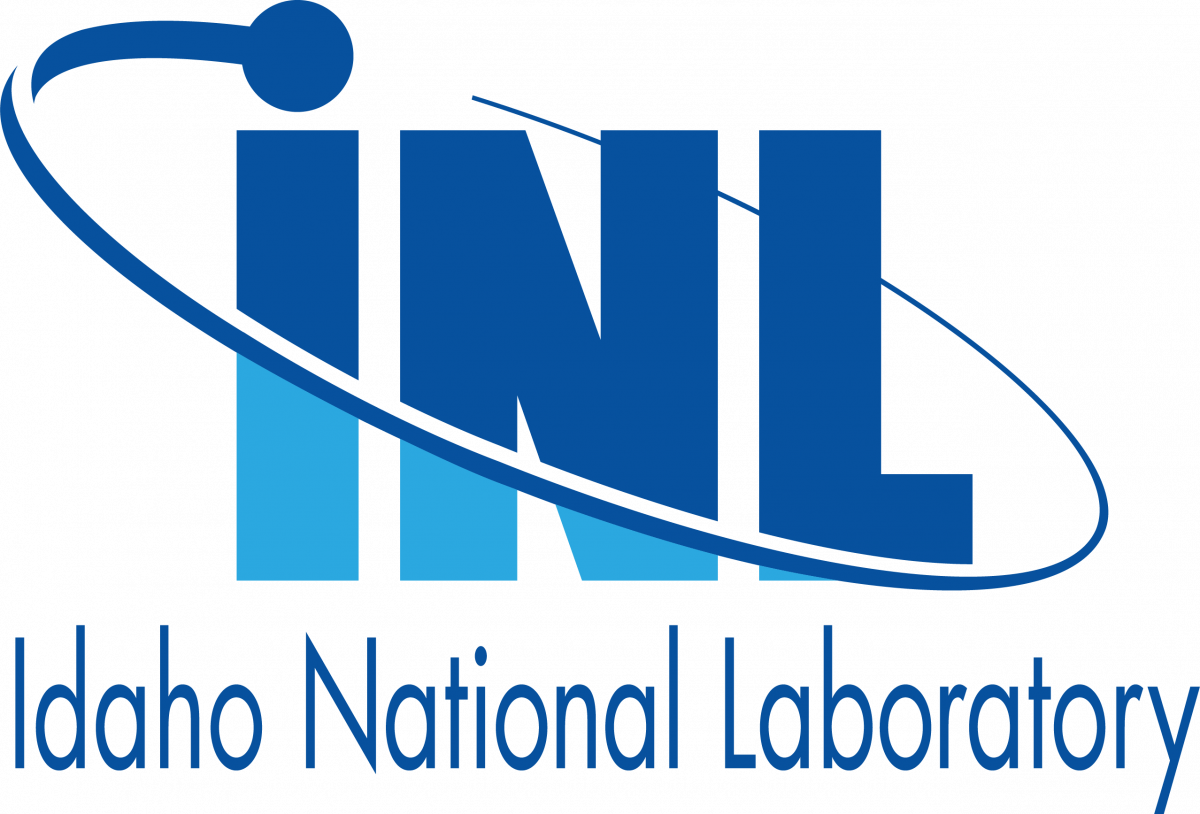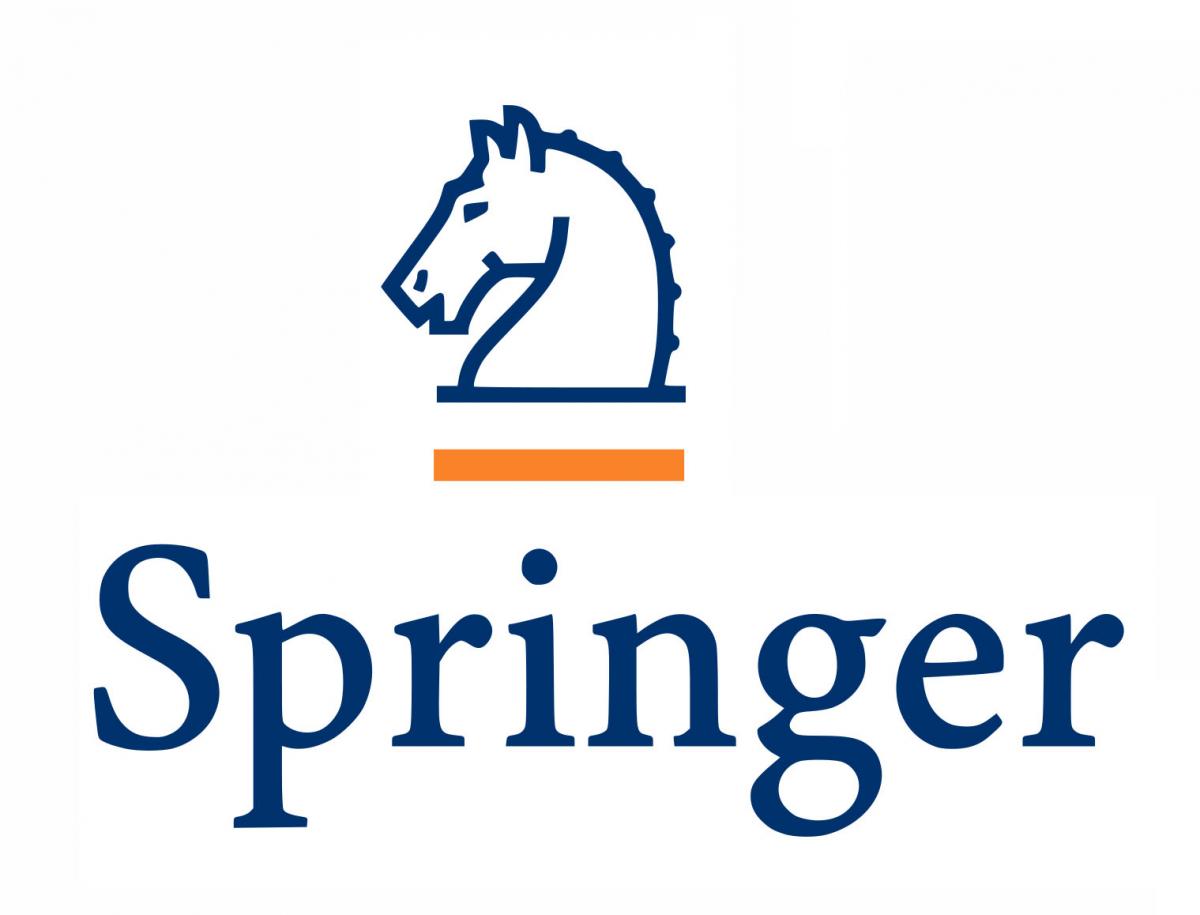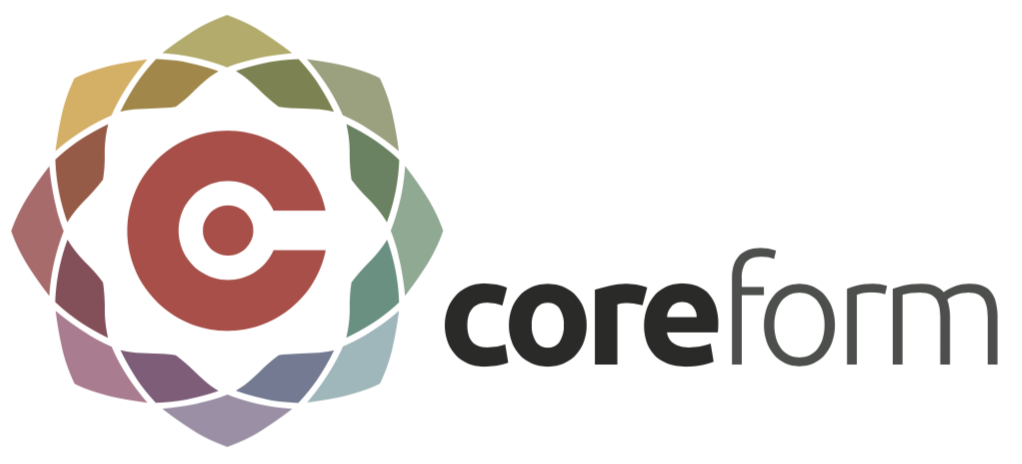Emma Lejeune, Boston University
Manuel Rausch, The University of Texas at Austin
Adrian Buganza-Tepole, Purdue University
Chad Hovey, Sandia National Laboratories
Mona Eskandari, University of California, Riverside
Computational modeling of cells and tissue is an incredibly rich area. However, even with complex and thorough computational models, there is often significant uncertainty in biological behavior and conditions that must be accounted for in both experimental and computational modeling frameworks. Practically, this uncertainty in biological and biomechanical behavior often means that more extensive numbers of experiments are required to understand observed phenomena than in inert standard materials. Furthermore, subject specific variability is typical and should be accounted for, particularly for accurate models. Recently, there has been a growing interest in advancing our understanding through endeavors such as high-throughput in vitro experiments, collecting clinical data at scale, and explicitly accounting for uncertainties via probabilistic frameworks. Though these high-throughput approaches have significant promise for advancing computation-centered research, significant challenges remain. For example, how can we extract mechanically meaningful information from large datasets? How can we integrate data-driven and physics-based modeling approaches? How can we best develop methods with relevance to ongoing challenges in biology and medicine?
In this minisymposium, we solicit contributions focused on computational methods relevant to high-throughput mechanical modeling and analysis of biological systems. Topics of interest include, but are certainly not limited to:
- Advanced computational techniques for analyzing experimental data.
- Advanced techniques for acquiring experimental data that have a significant computational component.
- Methods for conducting high-throughput simulations of biological systems.
- Methods for integrating large quantities of experimental data into computational pipelines.
- Methods for ensuring workflow reproducibility in the context of high-throughput analysis and/or simulation.
- Open source software development and dissemination.











